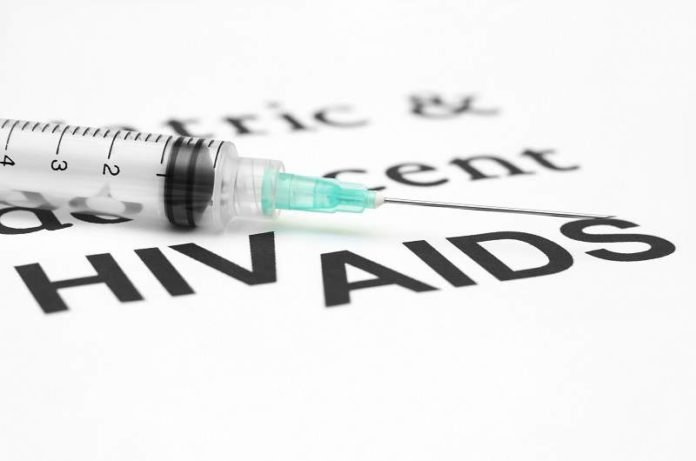The number of cases of perinatal HIV infection which are transmitted from the mother to the baby can be reduced through treatment and early detection to prevent the spread of the disease. In a recent study, Taylor et al. estimated the number of perinatal HIV cases among infants born in the United States.
HIV (human immunodeficiency virus) is a virus that affects the immune system by destroying a type of the white blood cell, T-helper cells. Those that are infected with HIV can transmit it to their babies during pregnancy, referred to as perinatal HIV. However, the earlier HIV infection is diagnosed, the sooner treatment, such as antiretroviral (ARV) treatment, can start, resulting in better long term health. Estimates of the number of perinatal HIV transmissions in the United States are important to put prevention policies and treatments into place in order to reduce the cases of infection. The most recently published estimate was 138 cases of perinatal HIV transmission calculated in 2004; therefore, in a new study, Taylor et al. estimated and analyzed the number of perinatal HIV cases among infants born in the United States to provide more current and accurate data.
This recent study published in the Journal of American Medical Association – Pediatrics obtained data from the National HIV Surveillance System of infants with HIV born in the United States and their mothers between 2002- 2013 and the analysis of this data was done in April 2016. The data was obtained from 50 states and included variables such as infant and maternal characteristics, receipts of perinatal HIV testing, treatment and prophylaxis (measures designed to preserve health and prevent the spread of disease). This study consisted of two parts: characteristics of Perinatally HIV-Infected Infants Born in the United States and the estimates of this focus group. Characteristics such as maternal race/ethnicity, number of maternal prenatal care visits, timing of prenatal care and HIV diagnosis, receipt of any ARV therapy during pregnancy, labor and/or delivery, child’s receipt of any ARV therapy, breastfeeding and type of delivery were determined over a 4-year interval. The second part of estimates was based on the probabilities that perinatally infected mothers were diagnosed and reported within certain time frames. Additionally, the incidence rate of perinatal HIV infections per 100 000 live births was calculated to find an estimate of cases.
The results showed that approximately two-thirds (63%) of mothers of perinatally HIV-infected infants born in the United States during 2002-2013 were black or African-American and 18.3% were Hispanic or Latino. Also, 48.9% of the mothers had missed or had an unknown number of prenatal care visits, while 40% had at least 1 prenatal visit during their pregnancy and 11.2% had no reported prenatal care visits. Furthermore, prenatal ARV medications were used by 179 (28.4%) of the mothers during 2002-2005 and 94 (40.3%) during 2010-2013. Overall, 25.4% of mother-infant pairs received ARV medications at all of the three recommended time points (ie, prenatally, during labor and to the infant after birth) from 2002-2013.
Based on this, it was determined that many mother-infant pairs had missed at least 1 prevention opportunity. The most common were a lack of appropriate ARV medications during pregnancy as only 25.4% of HIV-infected mother-infant pairs received at least 1 ARV during all 3 recommended periods (pregnancy, delivery, and postnatal) over the time period of the study.
On the contrary, limitations to this study do need to be taken into consideration; for example data was unavailable for the analysis of characteristics of diagnosed prenatal HIV infections. Additionally, as this was a long-term study, the healthcare promotion and awareness of HIV would have increased over time. Lastly, there was only data that was available for HIV-infected infants, not for all HIV-exposed infants.
Despite that, the study suggests that a lack of ARV medications was associated with late maternal HIV diagnosis. From this study, as of 2013, the incidence of perinatal HIV infections remained at 1.75 times the proposed Centers for Disease Control and Prevention elimination of mother-to-child HIV transmission goal of 1 per 100 000 live births. Therefore, future recommendations to eliminate perinatal HIV transmission should focus on approaches to reduce missed doctor’s appointments, having accessible maternal healthcare for women infected with the HIV virus, educating them on the methods of transmission, improving early testing and having ARV medications affordable and increasing awareness of the usefulness of ARV.
Written By: Seema N. Goolie, BSc



